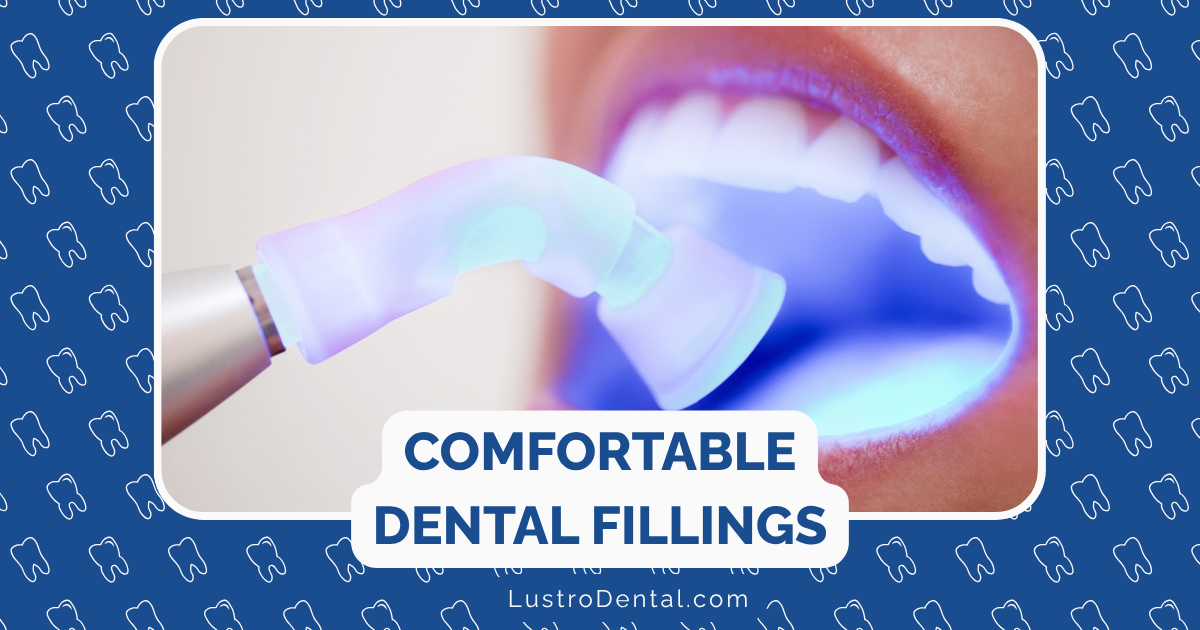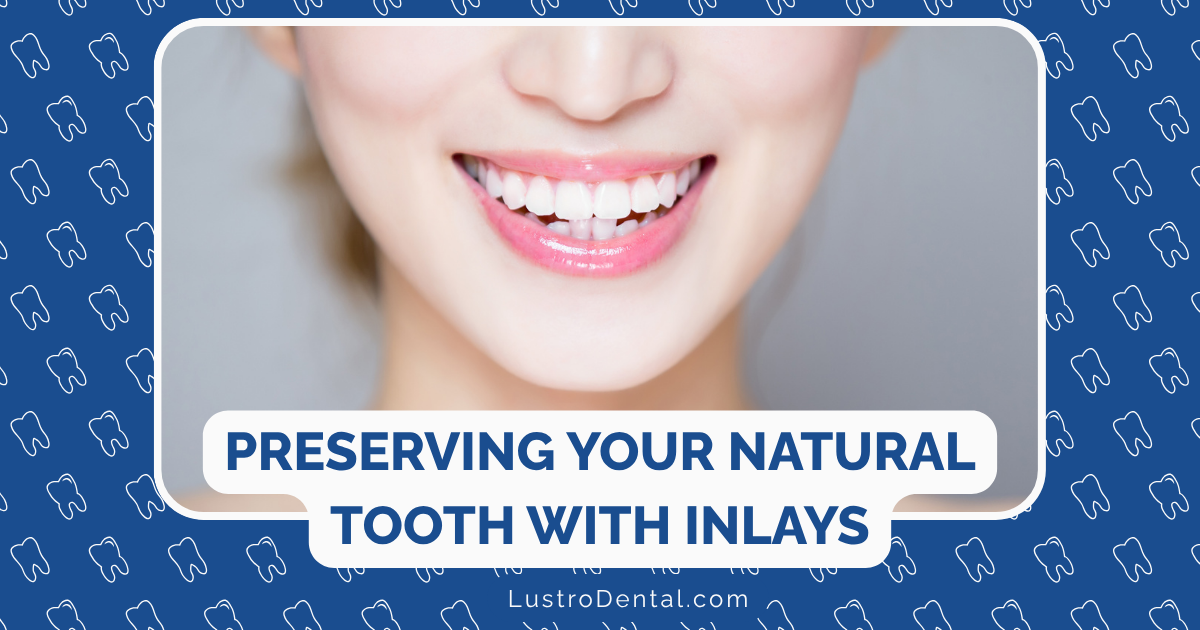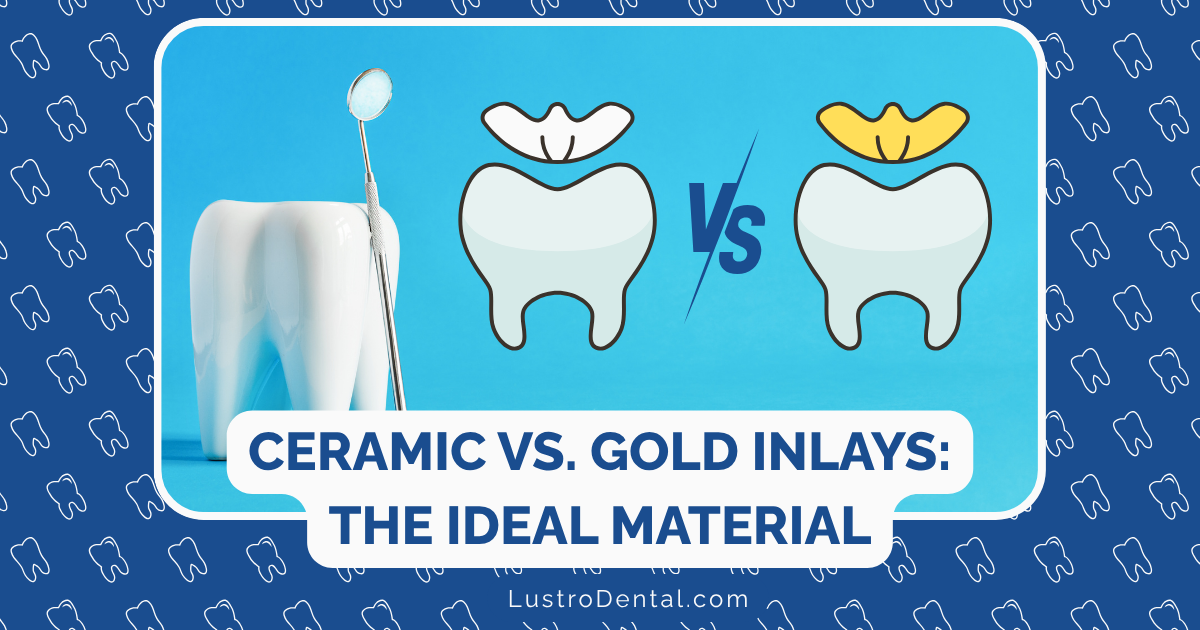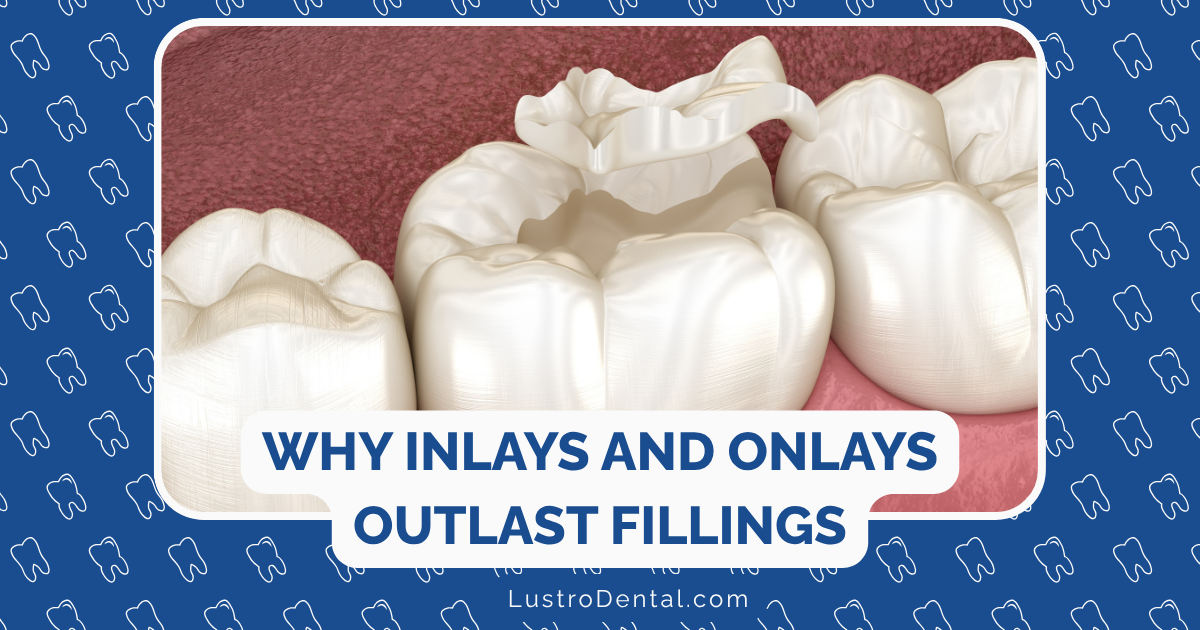Pain-Free Fillings: How Modern Techniques Have Revolutionized the Experience

Few phrases trigger dental anxiety quite like “You need a filling.” For generations, this news conjured images of noisy drills, sharp needles, and that distinct smell of dental work—experiences that left many people postponing necessary treatment until pain forced them into the dental chair.
But if your last filling was years ago, you’re in for a pleasant surprise. Modern dentistry has undergone a remarkable transformation, with technological advances and innovative techniques that have revolutionized the filling experience. Today’s dental fillings can be virtually pain-free, quicker, and far less anxiety-inducing than those of the past.
As someone passionate about preventive dental care, I’m excited to share how these advancements are changing the way we approach dental fillings and helping more people maintain their oral health without fear.
The Traditional Filling Experience: Why It Caused So Much Anxiety
To appreciate how far we’ve come, it helps to understand what made traditional fillings so uncomfortable:
The Dreaded Drill
The high-pitched whine of the traditional dental drill, combined with its vibration and pressure, was a primary source of dental anxiety. The mechanical drilling process was often uncomfortable, even with anesthesia, and the noise alone could trigger panic in anxious patients.
Painful Injections
Traditional anesthesia delivery involved a visible needle and a sometimes painful injection process. The initial sting of the needle, followed by the burning sensation of the anesthetic being deposited too quickly, left many patients white-knuckling the armrests.
Length of Procedure
Traditional fillings took time—time spent with your mouth uncomfortably propped open, listening to the drill, and feeling various sensations even through the numbness. The longer duration increased anxiety and discomfort.
Post-Procedure Discomfort
After traditional fillings, patients often experienced lingering pain, sensitivity, and prolonged numbness that interfered with eating, speaking, and returning to normal activities.
Dr. Sarah Chen, professor of restorative dentistry at the University of California San Francisco, explains: “Many of our patients’ dental anxieties stem from experiences they had decades ago. Today’s techniques are so different that people who’ve avoided dental care due to past trauma are often amazed at how comfortable modern fillings can be.”
Modern Techniques Transforming the Filling Experience
Several groundbreaking innovations have collectively transformed fillings from a dreaded procedure to a comfortable, efficient experience:
1. Laser Dentistry: Goodbye to the Drill
Dental lasers represent perhaps the most significant advancement in creating truly pain-free fillings.
How it works: Lasers like the Solea Laser use highly focused light energy to precisely remove decayed tooth material without the heat, vibration, or pressure of traditional drills. The laser energy effectively vaporizes the decay while sterilizing the area.
Benefits:
- Often requires no anesthesia: Many patients need no numbing at all for routine fillings
- Silent operation: Eliminates the anxiety-inducing sound of the drill
- Precision: Removes only the decayed portion, preserving healthy tooth structure
- Reduced bleeding and swelling: The laser cauterizes as it works
- Faster healing: Less trauma to surrounding tissues means quicker recovery
Dr. Michael Roberts, a laser dentistry specialist at Boston University Dental School, notes: “With laser dentistry, we’re seeing patients who previously required sedation now comfortably undergoing fillings with no anesthesia at all. It’s truly transformative for people with dental anxiety.”
2. Air Abrasion: The Sandblaster Approach
Air abrasion offers another drill-free alternative that’s especially effective for small to moderate cavities.
How it works: This technique uses a stream of tiny aluminum oxide particles propelled by compressed air to gently remove decay. Think of it as a precise, miniature sandblaster for your teeth.
Benefits:
- Often requires no anesthesia: The procedure is typically painless
- No vibration or pressure: Eliminates the uncomfortable sensations of drilling
- Preserves healthy tooth structure: More conservative than traditional drilling
- Reduces microfractures: Less risk of damage to the remaining tooth
- Quiet operation: No high-pitched drilling sounds
3. Computer-Controlled Anesthesia: Painless Numbing
For procedures that still require anesthesia, advanced delivery systems have transformed the experience.
How it works: Systems like The Wand® and the STA™ (Single Tooth Anesthesia) System use computer-controlled technology to deliver anesthetic at precisely the right pressure and speed for comfort. Many systems also incorporate vibration or pressure to distract nerve endings during injection.
Benefits:
- Virtually painless injections: The slow, steady flow eliminates the burning sensation
- More precise numbing: Can target individual teeth rather than entire quadrants
- Less intimidating: Many systems disguise the needle with a pen-like appearance
- Faster onset: The computer-controlled flow improves anesthetic effectiveness
- Reduced post-procedure numbness: More targeted delivery means less lingering numbness
4. Advanced Sedation Options: Relaxation on Demand
For patients with significant anxiety, modern sedation approaches offer comfortable alternatives.
How it works: Depending on anxiety levels and procedure complexity, options range from mild nitrous oxide (“laughing gas”) to oral sedatives and IV sedation that induce a deeply relaxed state while maintaining consciousness.
Benefits:
- Reduces anxiety: Creates a calm, relaxed state during treatment
- Amnesic effect: Many patients have little memory of the procedure
- Time perception alteration: Makes procedures seem shorter
- Complementary to local anesthesia: Enhances overall comfort
- Customizable: Levels can be tailored to individual needs and procedure complexity
5. Bioactive Filling Materials: Smart Restorations
The materials used in modern fillings have evolved significantly, offering benefits beyond just filling a hole.
How it works: Bioactive materials like ACTIVA BioACTIVE and materials containing nano-amorphous calcium phosphate (NACP) actively release and recharge calcium, phosphate, and fluoride ions, promoting remineralization of the surrounding tooth structure.
Benefits:
- Helps heal the tooth: Releases minerals that strengthen surrounding enamel
- Reduces sensitivity: Creates a better seal with the tooth structure
- Self-repairs minor defects: Some materials can heal small cracks or gaps
- Fights bacteria: Many release ions that inhibit bacterial growth
- Longer-lasting results: Better integration with the tooth means fewer replacement fillings
Dr. Lisa Johnson, research director at the American Dental Association, explains: “These aren’t just passive fillings—they’re actively participating in the health of the tooth. It’s like having a filling that works with your body’s natural processes to strengthen and protect the tooth over time.”
6. Digital Scanning and Design: Precision Restorations
Digital technology has improved both the diagnostic and restorative aspects of fillings.
How it works: Intraoral scanners create detailed 3D images of teeth, allowing for precise diagnosis of decay and computer-assisted design of restorations that perfectly match the tooth’s natural anatomy.
Benefits:
- More accurate detection: Can identify decay earlier, when less drilling is needed
- Better-fitting fillings: Digital precision means less adjustment and discomfort
- Preserves more tooth structure: Allows for more conservative preparations
- Improved aesthetics: Better matching of natural tooth contours
- Faster procedures: Streamlines the restoration process
The Modern Filling Experience: What to Expect
If you haven’t had a filling in recent years, here’s what you might experience with today’s advanced techniques:
Before the Procedure
- Comprehensive consultation: Discussion of options tailored to your specific needs and anxiety level
- Digital imaging: Precise, low-radiation diagnostics to identify decay
- Treatment planning: Explanation of the specific technologies that will make your experience comfortable
During the Procedure
- Comfortable numbing (if needed): With computer-controlled delivery, many patients report not feeling the injection at all
- Decay removal: Using laser, air abrasion, or other minimally invasive techniques
- Quick, quiet process: Most single fillings take 30 minutes or less with modern techniques
- Digital verification: Ensuring the restoration fits perfectly before completion
After the Procedure
- Minimal recovery time: Many patients return immediately to normal activities
- Reduced post-operative sensitivity: Modern materials and techniques minimize discomfort
- Shorter duration of numbness: More precise anesthesia means less lingering numbness
- Active protection: Bioactive materials continue working to strengthen the tooth
Real-World Benefits: Beyond Just Comfort
The revolution in pain-free fillings delivers advantages that go far beyond just a more pleasant dental visit:
1. Earlier Intervention
When patients know treatment won’t be painful, they’re more likely to address small cavities before they become major problems requiring more extensive treatment.
2. Preservation of Tooth Structure
Modern techniques are significantly more conservative, preserving healthy tooth structure that would have been removed with traditional methods. This means stronger teeth and fewer complications over time.
3. Reduced Dental Anxiety
Positive experiences with pain-free fillings help break the cycle of dental fear, leading to more regular preventive care and better overall oral health.
4. Better Long-Term Outcomes
The combination of earlier intervention, minimally invasive techniques, and bioactive materials results in longer-lasting restorations and healthier teeth.
5. Accessibility for Sensitive Populations
Children, elderly patients, and those with special needs particularly benefit from these gentler approaches to dental care.
Is Pain-Free Dentistry Right for Everyone?
While modern techniques have dramatically improved the filling experience for most patients, it’s important to note that individual situations vary:
- Cavity size and location: Very large or deep cavities may still require traditional approaches
- Specific health conditions: Some medical conditions may limit the use of certain technologies
- Availability: Not all dental practices have invested in every advanced technology
- Insurance coverage: Some advanced techniques may involve additional out-of-pocket costs
Dr. James Wilson, dental technology researcher at Cleveland Clinic, advises: “Have a conversation with your dentist about their approach to comfortable dentistry. Many practices now offer multiple options to ensure your experience is as pain-free as possible.”
The Future of Pain-Free Dentistry
The revolution in dental fillings continues to evolve, with several exciting developments on the horizon:
- Regenerative fillings: Materials that stimulate the tooth to repair itself
- Plasma brush technology: Using plasma to disinfect and prepare cavities without drilling
- AI-guided procedures: Artificial intelligence optimizing treatment in real-time
- Needle-free anesthesia: Electronic and pressure-based systems eliminating needles entirely
- Virtual reality integration: Immersive experiences that distract patients during treatment
Finding a Dentist Who Offers Pain-Free Fillings
If you’re interested in experiencing these modern approaches to dental fillings, consider these steps:
- Ask about specific technologies: Inquire whether the practice offers laser dentistry, air abrasion, or computer-controlled anesthesia.
- Discuss your concerns: Be open about any dental anxiety or past negative experiences.
- Consider reviews: Look for patient testimonials specifically mentioning comfort during fillings.
- Request a consultation: Many dentists offer no-obligation visits to discuss their approach to comfortable dentistry.
- Ask about sedation options: For significant anxiety, inquire about available sedation methods.
The Bottom Line: A New Era in Dental Care
The days of dreading dental fillings are rapidly becoming a thing of the past. With modern techniques, what was once an anxiety-inducing experience has been transformed into a comfortable, efficient procedure that many patients find surprisingly pleasant.
If fear of discomfort has kept you from addressing dental problems, today’s pain-free filling techniques offer an opportunity to reclaim your oral health without the stress and discomfort of traditional methods. Your teeth—and your smile—will thank you.
Have you experienced any of these modern dental filling techniques? Share your experience in the comments below!







